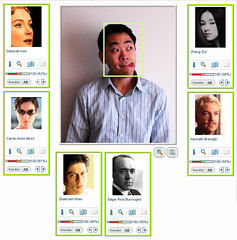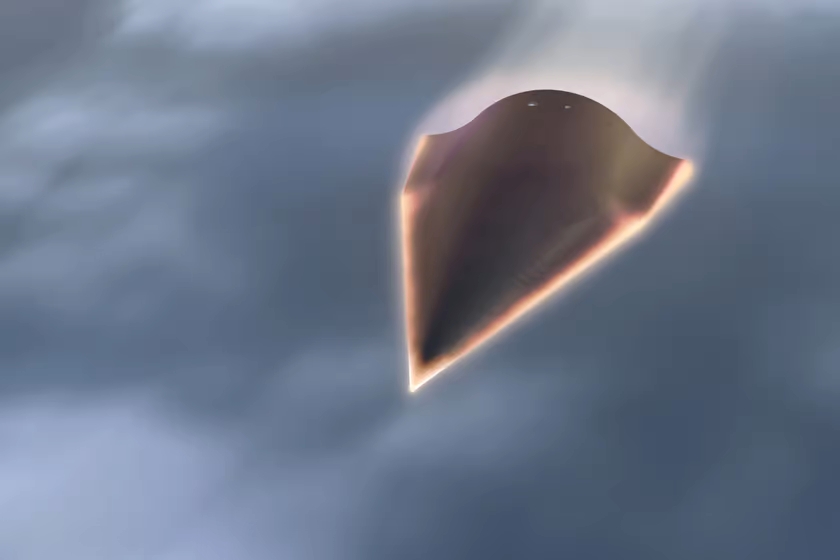Face recognition software of the kind incorporated into biometric identification tools, photo-gallery applications and social media websites can be very useful, but it also raises privacy concerns given the seeming ease with which faces in photos can now be tied to an individual.
Researchers in Russia and Poland hope to take face recognition technology an important step forward with the even more powerful software they have developed.
Writing in the International Journal of Biometrics, Georgy Kukharev of Saint Petersburg Electrotechnical University in Russia, and colleagues Pawe? Forczma?ski and Andrzej Tujaka of the West Pomeranian University of Technology, Szczecin, Poland, explain how they have developed algorithms they refer to as two-dimensional Canonical Correlation Analysis (CCArc) and two-dimensional Partial Least Squares (PLSrc) for image matching where “rc” implies the analysis is applied to the images’ rows and columns.
Conventionally, scanning techniques based on CCA and PLS convert an image into a small set of variables, such as distance between eyes, width of jaw, and other factors. New images in which a face is to be identified are then categorized in the same way and the variables compared with those in the database. Correlation of a significant number of the variables gives a variable positive identification for the “new” face with one in the database and allows the software to verify with varying degrees of certain whether that new face is a specific individual in the database. The same technology can be used for biometric identification of a face on a driver’s license or on a social network, or for finding your friends and relatives in your photo collection.










